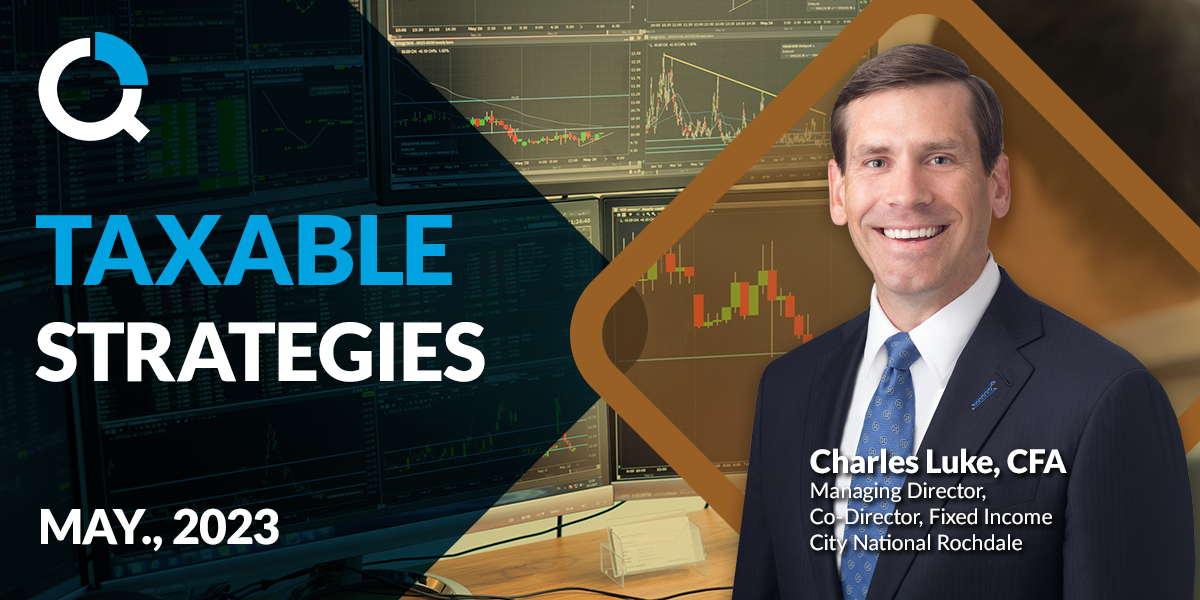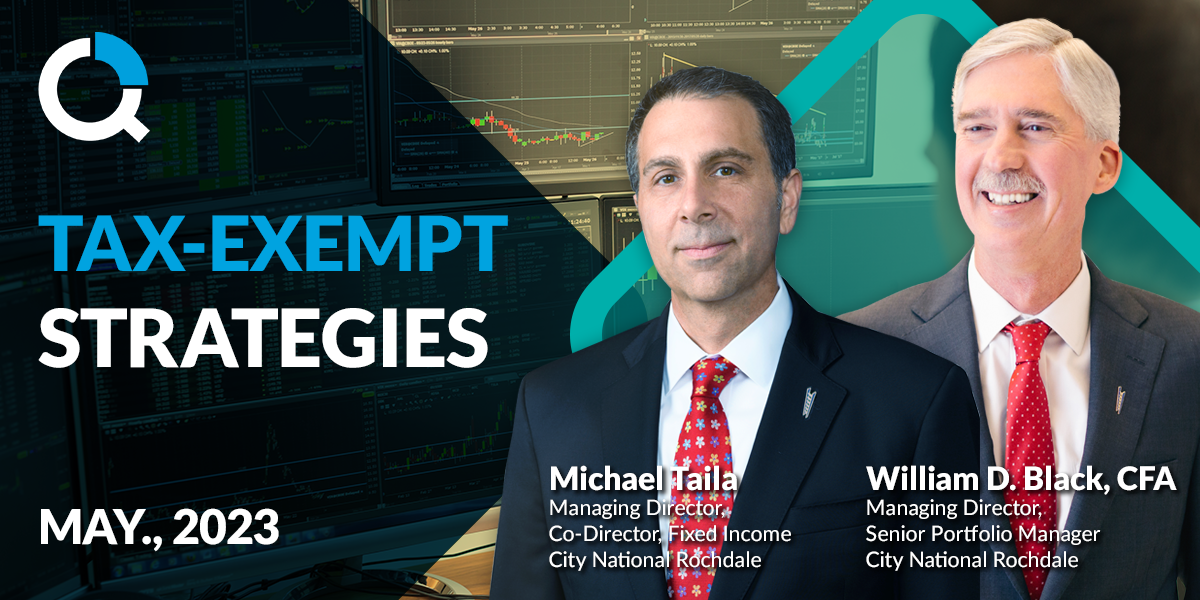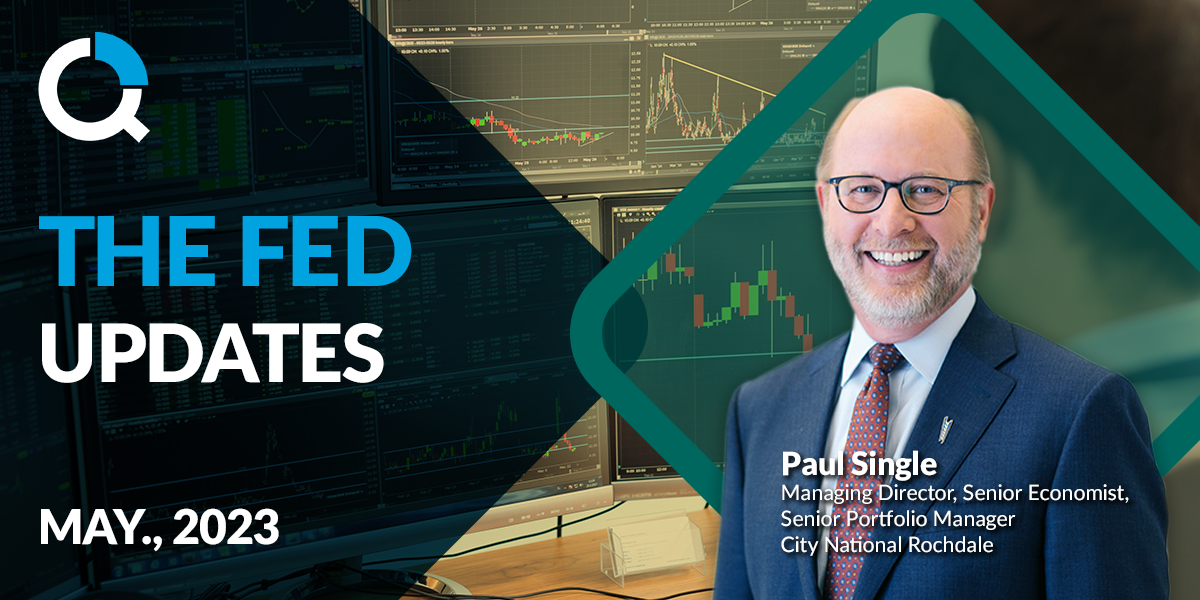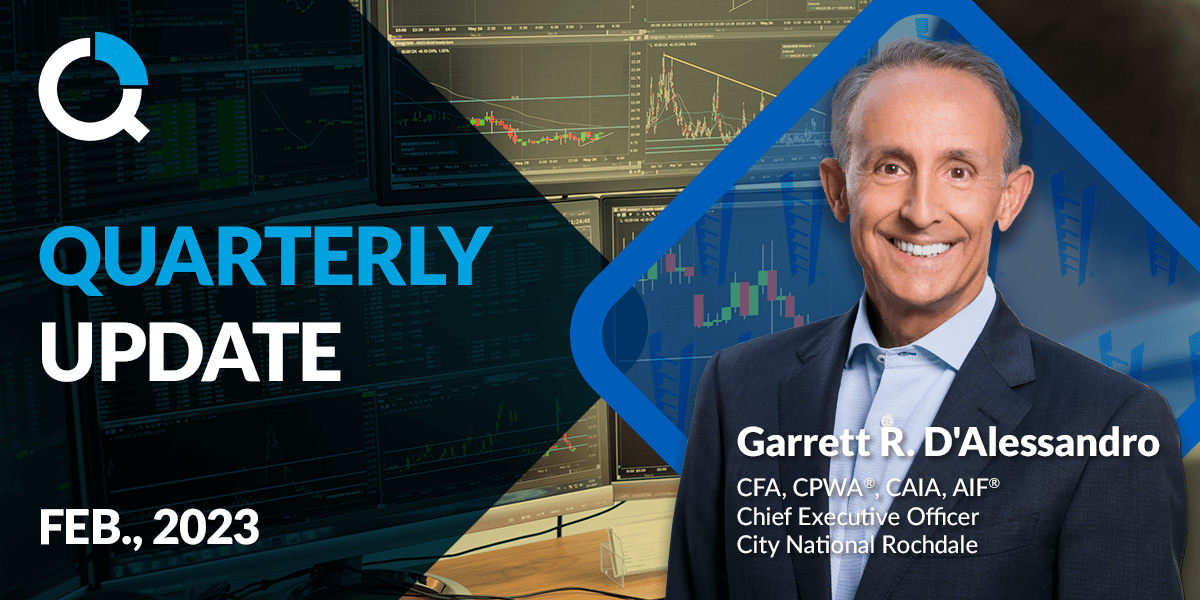
Staying Focused on True North
Key Points
- Remaining cautious near term but expecting more positive returns in 2023
- Continuing to focus on quality US stocks
- Portfolio positioned with blend of defensive and offensive stocks
As 2022 unfolded and recession risk rose, our strategic thinking shifted to Higher for Longer and we proactively lowered our exposure to cyclical companies and industries most at risk from an economic downturn.
Conversely, we increased our exposures to industries that are more steady and stable growers. Exiting 2022, we increased our exposure to consumer staples and health care services companies. While spending by consumers in these areas can fluctuate during recessions, spending on everyday necessities and caring for one’s health tend to be less cyclical and more durable. We have also lowered our exposure to more cyclically oriented sectors such as energy, materials, industrials and technology that would face earnings challenges in a recession.
When it comes to stocks, we believe it is vitally important to keep our compass pointed to True North, if you will. Our focus remains on holding high-quality companies with strong management teams and durable franchises that are selling at reasonable prices. We seek to own stocks that have the right blend of defense to manage their way successfully through a recession, and offense to outperform over a multiyear time period when the recession ends.
Given this, we believe our defensive repositioning last year will help us weather the downward earning revisions that are likely to unfold in the months ahead for equities on a global basis. Using our proprietary CNR quality ranking system, we believe our US Core Equity portfolio has a superior weighted average positioning compared to the S&P 500 from both a revenue and earnings stability perspective. On the offense side of our playbook, we have a superior three to five year expected EPS growth rate and higher ROE compared to the S&P 500, which should serve us well when the economy rebounds.
Important Disclosures
Important Information
Any opinions, projections, forecasts and forward-looking statements presented herein are valid as of the date of this document and are subject to change.
The information presented does not involve the rendering of personalized investment, financial, legal or tax advice. This presentation is not an offer to buy or sell, or a solicitation of any offer to buy or sell any of the securities mentioned herein.
Certain statements contained herein may constitute projections, forecasts and other forward-looking statements, which do not reflect actual results and are based primarily upon a hypothetical set of assumptions applied to certain historical financial information. Certain information has been provided by third-party sources and, although believed to be reliable, it has not been independently verified and its accuracy or completeness cannot be guaranteed.
Concentrating assets in a particular industry, sector of the economy, or markets may increase volatility because the investment will be more susceptible to the impact of market, economic, regulatory, and other factors affecting that industry or sector compared with a more broadly diversified asset allocation.
Private investments often engage in leveraging and other speculative investment practices that may increase the risk of investment loss, can be highly illiquid, are not required to provide periodic pricing or valuation information to investors, and may involve complex tax structures and delays in distributing important tax information.
Alternative investments are speculative, entail substantial risks, offer limited or no liquidity, and are not suitable for all investors. These investments have limited transparency to the funds’ investments and may involve leverage which magnifies both losses and gains, including the risk of loss of the entire investment. Alternative investments have varying and lengthy lockup provisions. Please see the Offering Memorandum for more complete information regarding the Fund’s investment objectives, risks, fees and other expenses.
Investments in below-investment-grade debt securities, which are usually called “high-yield” or “junk bonds,” are typically in weaker financial health and such securities can be harder to value and sell, and their prices can be more volatile than more highly rated securities. While these securities generally have higher rates of interest, they also involve greater risk of default than do securities of a higher-quality rating.
There are inherent risks with equity investing. These risks include, but are not limited to, stock market, manager or investment style. Stock markets tend to move in cycles, with periods of rising prices and periods of falling prices. Investing in international markets carries risks such as currency fluctuation, regulatory risks, and economic and political instability. Emerging markets involve heightened risks related to the same factors, as well as increased volatility, lower trading volume and less liquidity. Emerging markets can have greater custodial and operational risks and less developed legal and accounting systems than developed markets.
There are inherent risks with fixed-income investing. These risks may include interest rate, call, credit, market, inflation, government policy, liquidity or junk bond. When interest rates rise, bond prices fall. This risk is heightened with investments in longer-duration fixed-income securities and during periods when prevailing interest rates are low or negative. The yields and market values of municipal securities may be more affected by changes in tax rates and policies than similar income-bearing taxable securities. Certain investors’ incomes may be subject to the Federal Alternative Minimum Tax (AMT), and taxable gains are also possible. Investments in below-investment-grade debt securities, which are usually called “high yield” or “junk bonds,” are typically in weaker financial health and such securities can be harder to value and sell, and their prices can be more volatile than more highly rated securities. While these securities generally have higher rates of interest, they also involve greater risk of default than do securities of a higher-quality rating.
All investing is subject to risk, including the possible loss of the money you invest. As with any investment strategy, there is no guarantee that investment objectives will be met, and investors may lose money. Diversification does not ensure a profit or protect against a loss in a declining market. Past performance is no guarantee of future performance.
Indices are unmanaged, and one cannot invest directly in an index. Index returns do not reflect a deduction for fees or expenses.
Alternative investments are speculative, entail substantial risks, offer limited or no liquidity and are not suitable for all investors. These investments have limited transparency to the funds’ investments and may involve leverage which magnifies both losses and gains, including the risk of loss of the entire investment. Alternative investments have varying and lengthy lockup provisions.
This material is available to advisory and sub-advised clients, as well as financial professionals working with City National Rochdale, a registered investment advisor and a wholly-owned subsidiary of City National Bank. City National Bank provides investment management services through its sub-advisory relationship with City National Rochdale.
Index Defintions
S&P 500 Index: The S&P 500 Index, or Standard & Poor’s 500 Index, is a market-capitalization-weighted index of 500 leading publicly traded companies in the U.S. It is not an exact list of the top 500 U.S. companies by market cap because there are other criteria that the index includes.
Bloomberg Barclays US Aggregate Bond Index (LBUSTRUU): The Bloomberg Aggregate Bond Index or “the Agg” is a broad-based fixed-income index used by bond traders and the managers of mutual funds and exchange-traded funds (ETFs) as a benchmark to measure their relative performance.
GT2 Govt, GT3 Govt, GT5 Govt, GT10 Govt, GT30 Govt: US Government Treasury Yields
DXY Index: The U.S. dollar index (USDX) is a measure of the value of the U.S. dollar relative to the value of a basket of curren-cies of the majority of the U.S.’s most significant trading partners.
Dow Jones U.S. Select Dividend Index (DJDVP): The Dow Jones U.S. Select Dividend Index looks to target 100 dividend-paying stocks screened for factors that include the dividend growth rate, the dividend payout ratio and the trading volume. The components are then weighted by the dividend yield.
P/E Ratio: The price-to-earnings ratio (P/E ratio) is the ratio for valuing a company that measures its current share price relative to its earnings per share (EPS).
The Commodity Research Bureau (CRB) Index acts as a representative indicator of today’s global commodity markets. It measures the aggregated price direction of various commodity sectors.
The MSCI indexes are market cap-weighted indexes, which means stocks are weighted according to their market capitalization — calculated as stock price multiplied by the total number of shares outstanding.
Quality Ranking: City National Rochdale Proprietary Quality Ran king is the weighted a verage sum of securities held in
the strategy versus the S&P 500 at the sector le vel using the below formula.
City National Rochdale Proprietary Quality Ranking formula: 40% Dupont Quality (return on equity adjusted b y debt levels), 15% Earnings Stability (v olatility of earnings), 15% Re venue Stability (volatility of revenue), 15% Cash Earnings Quality (cash flow vs. net income of compan y) 15% Balance Sheet Quality (fundamental strength of balance s heet).
*Source: City National Rochdale proprietary r anking system utilizing MSCI and FactSet data. **Rank is a perc entile
ranking approach whereby 100 is the highest possible score and 1 is the lowest. The Ci ty National Rochdale Core compares the weighted average holdings of the str ategy to the companies in the S&P 500 on a sector basis. As of September 30, 2022. City National Rochdale proprietary ranking system utilizing MSCI and FactSet data.
Rank is a percentile ranking approach whereby 100 is the highest possible score and 1 is the lowest. The City National Rochdale Core compares the weighted average holdings of the strategy to the companies in the S&P 500 on a sector basis. As of June 2022.
Bloomberg Barclays US Aggregate Bond Index: The Bloomberg Aggregate Bond Index or “the Agg” is a broad-based fixed-income index used by bond traders and the managers of mutual funds and exchange-traded funds (ETFs) as a benchmark to measure their relative performance.
The Case-Shiller Index, formally known as the S&P CoreLogic Case-Shiller U.S. National Home Price NSA Index, is an economic indicator that measures the change in value of U.S. single-family homes on a monthly basis.
Non-deposit investment Products are: • not FDIC insured • not Bank guaranteed • may lose value
Stay Informed.
Get our Insights delivered straight to your inbox.
More from the Quarterly Update
Put our insights to work for you.
If you have a client with more than $1 million in investable assets and want to find out about the benefits of our intelligently personalized portfolio management, speak with an investment consultant near you today.
If you’re a high-net-worth client who's interested in adding an experienced investment manager to your financial team, learn more about working with us here.



